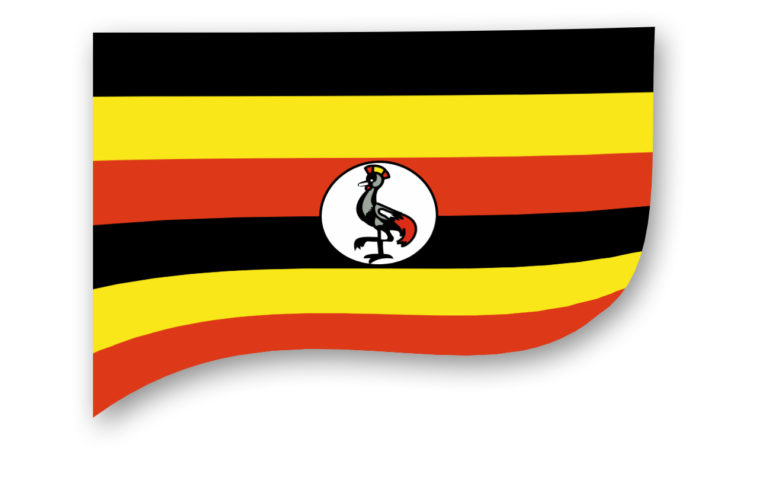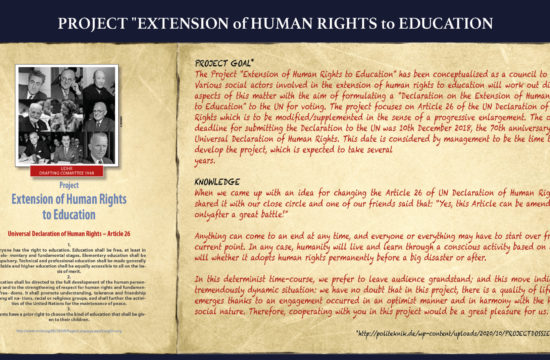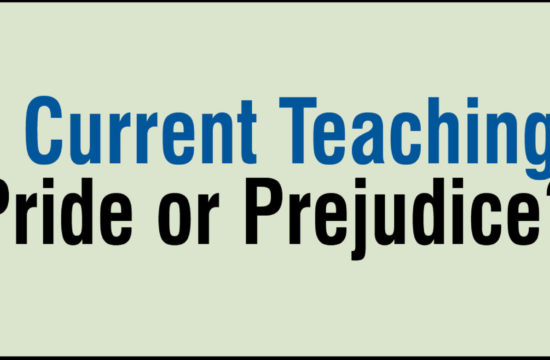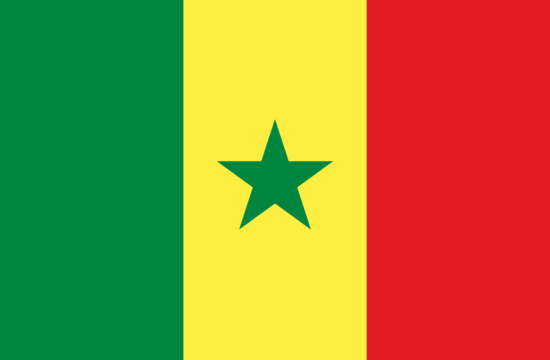Uganda Liberal Teachers’ Union (ULITU) – UGANDA
Uganda has taken bold steps to increase access to primary and secondary education for its children. The strategies have yielded good results as far as increased enrolment is concerned, although children from families living in extreme poverty still do not have access to education. However, the issue of continuance remains a challenge. Dropouts at all stages notwithstanding; continuance from secondary to higher education is the biggest challenge. The reason for this is that government sponsorship in institutions of higher learning remains competitive. This is extremely intriguing for children from poor communities as will be discussed later in the article.
The government of Uganda started implementing Universal Primary Education (UPE) in 1997 with the aim of increasing the number of the country’s children accessing primary education. The main target group was children from poor families who could not afford the fees required at school prior to the UPE program. At the start of the program, the government abolished payment of tuition fees and Parents and Teachers Association (PTA) fees by parents in participating schools. The issue of tuition fees was left to the government. The program began with sponsorship extending to only four children per family. However, due to poverty, parents just sent all children to participating schools. This saw a sharp rise in enrolment of children for primary education from 2.305 million in 1996 to 5.806 million in 1998 (Mwesigye, A. (2015), and to 7 million in 2002 (Aguti & Fraser, 2005). This was an indication that payment of fees was keeping many Ugandan children out of school.
In 2007 the government of Uganda embarked on implementing Universal Secondary Education (USE) to absorb the increased number of UPE graduates. This made Uganda the first country in Sub-Saharan Africa to provide free secondary education. The USE program equally saw an increase in enrolment in secondary schools. Enrolment into Senior One increased from 161,396 in 2007 to 251,040 in 2013 (Titeca, 2015). By 2013 the total enrolment in secondary schools was 806,992, according to the headcount by the Ministry of Education, Science, Technology and Sports, (2016) and to 1,235,129 in 2017 (Education Statistical abstract, 2019). It should be noted that most of the children were enrolled in USE schools. This was an achievement in terms of continuance from primary to secondary, which is a higher level of education.
In 2012 the government introduced the Universal Post O’ Level Education and Training (UPOLET) to absorb the increased number of USE graduates to higher secondary education. As a result of this program, the numbers of children enrolling to higher secondary (senior 5 and senior 6), a level that prepares learners to join institutions of higher education, increased to a total of 135,454 by 2017. Compared to 1,235,129 enrolled for lower secondary in the same year, this shows that most learners who complete lower secondary do not proceed for higher secondary education.
Although the policies of government led to increased enrolment at different levels, indicating increased continuance from one level of education to another, the dropout rates paint an ugly picture. According to World Bank in 2009, 2011 and 2013 the completion rates were 57%, 53% and 54% (Titeca, 2015), indicating a dropout rate of 43%, 47% and 46% respectively. This rate of dropout is worrying as one may wonder what happens to the rest of the children who do not complete.
Continuance to institutions of higher learning is another challenge, which the government has not handled well. Suffice to note here that, in Uganda there is a disparity in academic performance between public and non-public schools of all levels with public schools always lagging behind their non-public counterparts. It is also important to note that universities and other tertiary institutions admit students who have attained two principal passes and one subsidiary pass in National examinations at higher secondary level. Public universities and tertiary institutions admit students of two categories – government sponsored and privately sponsored ones. The institutions select candidates with the best passes for government sponsorship slots. The rest of the candidates are then subjected to private sponsorship if they can.
As already mentioned, candidates from public schools score lower grade passes than their counterparts in non-public schools. Subjecting both categories of candidates to competition for the limited government sponsorship slots places those from public schools at a disadvantage as only very few, if any, will sail through the sieve. Yet these are children from poor families who cannot afford the other form of sponsorship.
It beats common sense to note that the children who are sponsored by government from Primary One to Senior Six, because of their economic status, are subjected to the same merit with those from well to do families who went to ‘first class’ schools in the country. It is not clear whether it was an oversight on the side of government or just deliberate intention to deny needy children a chance to access higher education. Is the government not aware that children and adolescents from poor households cannot access higher education without support? Is it because none of those in the policy-making positions come from poor families? To me this is an act of abandonment from the government to leave out the children it sponsored all throughout but the last stage. Therefore, something must be done in this area.
The government sets up other avenues for access to higher education, but they are also competed for and the poor obviously are knocked off. For example, the District Quota System where the best from districts are selected for government sponsorship supposedly targeting the poor is flawed by the rich, who have their children taught in first class school and register them to sit national examinations from poor rural schools. Such children perform much better than those who actually study in these “poor” schools. As a result, such candidates snatch the chance of sponsorship that would have been for the poor. The students loan scheme is another source of sponsorship that is equally flouted. The scheme is meant to help the needy children access higher education and pay back the loan when they get employed after studies. However, the selection process is not transparent enough and some children of economically able parents have ended up benefitting from the scheme. Besides, the money allocated is not enough, which necessitates selecting few candidates.
I would like to suggest that the government of Uganda must rethink its policy on sponsorship at higher learning level and redirect its resources to sponsoring the children of the poor who have attained entry requirements. To continue considering government sponsorship for best passing candidates gives almost all chances available to children whose parents have the capacity to pay tuition. This is wrong as it intentionally leaves out the needy whom the government has all along sponsored at lower levels. This may be one of the contributing factors to high dropout rates as these children see no possibility of continuing to higher education, which may be the target of many of these children. I believe that a change in financing policy may reverse the dropout rate.
In a nutshell, Uganda continues to strive towards increasing access to education for its children with considerable success especially in numbers. However, it seems much effort is put in access and not in continuance of education. It is high time the government commits fund in the area of continuance lest the people it intends to save do not benefit and the huge sums of money invested in them, at lower levels, go down the drain.
References
Aguti, N. J. & Fraser, J. W. (2005). The challenges of universal primary education in Uganda through distance education programmes, Africa Education Review, 2:1, 91-108, DOI: 10.1080/18146620508566293
Mwesigye, A. (2015). The advent of universal primary education (UPE) in Uganda: challenges and possible solutions. Journal of Educational Research and Studies Vol. 3(1), pp. 1-12. ISSN: 2329-3039 https:www.peakjournals. org/sub-journals-JERS.html
Titeca, K. (2015). Universal Secondary Education (USE) in Uganda: blessing or curse? The impact of USE on educational attainment and performance. DOI: 10.13140/ RG.2.1.1377.2241 https://www.researchgate.net/publication/ 283641062











